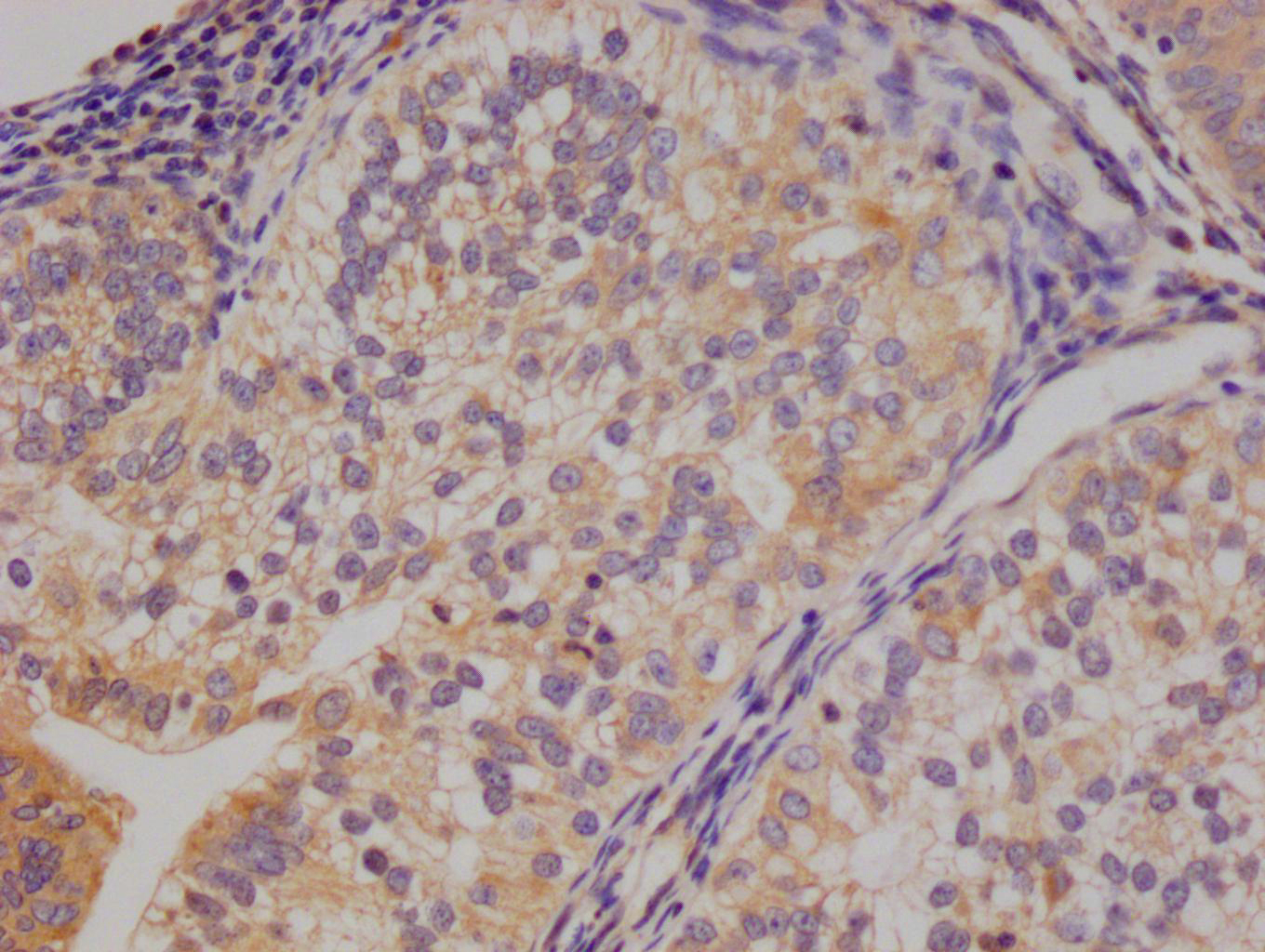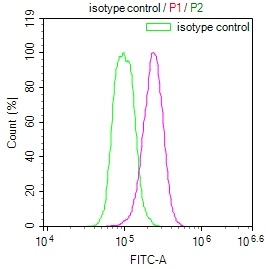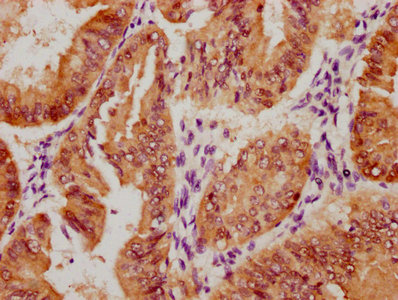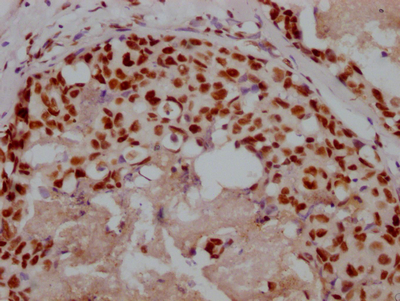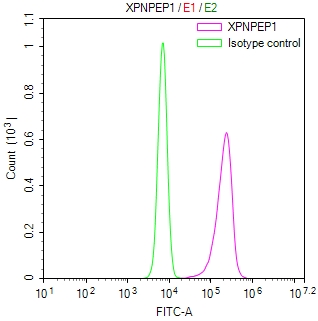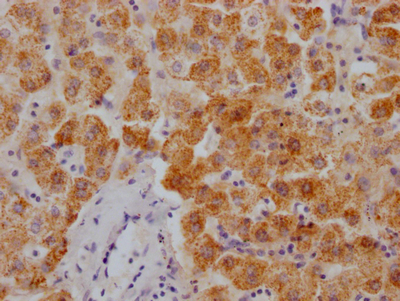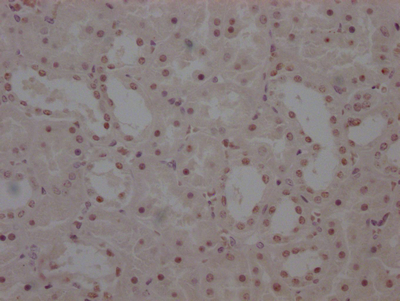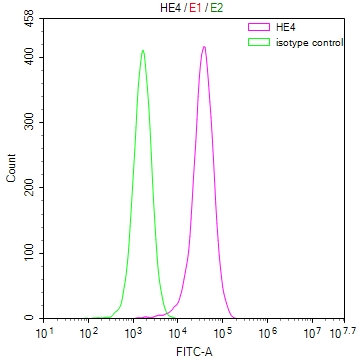-
中文名称:pbpD兔多克隆抗体, FITC偶联
-
货号:CSB-PA334764LC01BRJ
-
规格:¥880
-
其他:
产品详情
-
产品名称:Rabbit anti-Bacillus subtilis pbpD Polyclonal antibody
-
Uniprot No.:
-
基因名:pbpD
-
别名:pbpD antibody; BSU31490 antibody; Penicillin-binding protein 4 antibody; PBP 4) [Includes: Penicillin-insensitive transglycosylase antibody; EC 2.4.1.129 antibody; Peptidoglycan TGase); Penicillin-sensitive transpeptidase antibody; EC 3.4.16.4 antibody; DD-transpeptidase)] antibody
-
宿主:Rabbit
-
反应种属:Bacillus subtilis
-
免疫原:Recombinant Bacillus subtilis Penicillin-binding protein 4 protein (213-450AA)
-
免疫原种属:Bacillus subtilis
-
标记方式:FITC
-
克隆类型:Polyclonal
-
抗体亚型:IgG
-
纯化方式:>95%, Protein G purified
-
浓度:It differs from different batches. Please contact us to confirm it.
-
保存缓冲液:Preservative: 0.03% Proclin 300
Constituents: 50% Glycerol, 0.01M PBS, pH 7.4 -
产品提供形式:Liquid
-
储存条件:Upon receipt, store at -20°C or -80°C. Avoid repeated freeze.
-
货期:Basically, we can dispatch the products out in 1-3 working days after receiving your orders. Delivery time maybe differs from different purchasing way or location, please kindly consult your local distributors for specific delivery time.
-
用途:For Research Use Only. Not for use in diagnostic or therapeutic procedures.
相关产品
靶点详情
-
功能:Cell wall formation. Synthesis of cross-linked peptidoglycan from the lipid intermediates. The enzyme has a penicillin-insensitive transglycosylase N-terminal domain (formation of linear glycan strands) and a penicillin-sensitive transpeptidase C-terminal domain (cross-linking of the peptide subunits) (Probable). Has a partially redundant function with PBP-2A (pbpA) during spore outgrowth.
-
亚细胞定位:Cell membrane; Peripheral membrane protein.
-
蛋白家族:Glycosyltransferase 51 family; Transpeptidase family
-
数据库链接:
KEGG: bsu:BSU31490
STRING: 224308.Bsubs1_010100017116
Most popular with customers
-
-
YWHAB Recombinant Monoclonal Antibody
Applications: ELISA, WB, IHC, IF, FC
Species Reactivity: Human, Mouse, Rat
-
Phospho-YAP1 (S127) Recombinant Monoclonal Antibody
Applications: ELISA, WB, IHC
Species Reactivity: Human
-
-
-
-
-


